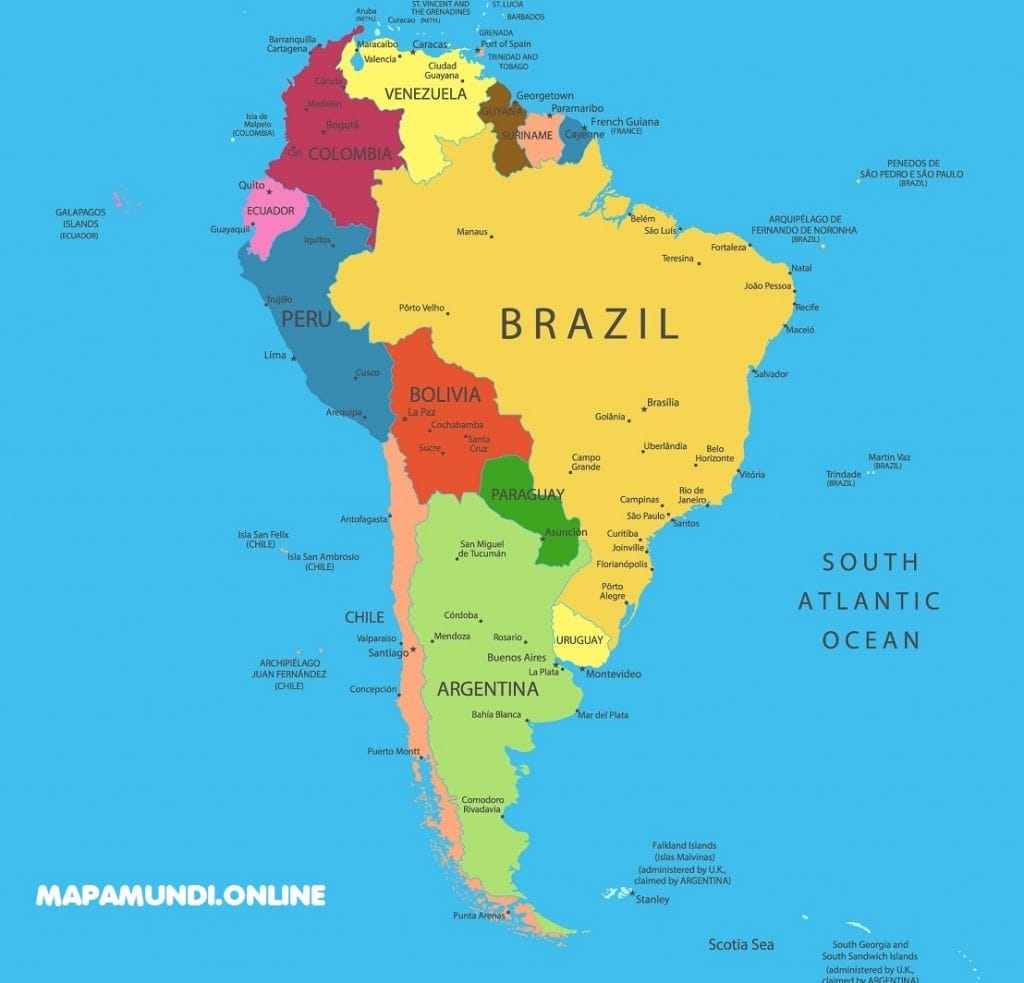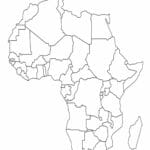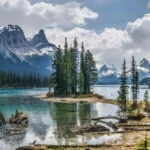South America, a continent of vibrant cultures, breathtaking landscapes, and a captivating history, beckons exploration. From the towering peaks of the Andes to the lush Amazon rainforest, this landmass offers a tapestry of experiences waiting to be uncovered. This comprehensive guide delves into the heart of South America, exploring its diverse ecosystems, rich cultural heritage, and the fascinating stories etched into its landscapes. Embark on a transformative journey to the islas marias mexico, where pristine beaches and captivating history intertwine, or explore the vast continent of Africa with an map of africa unlabeled to expand your geographical horizons.
Unveiling South America’s Story
A map of South America (a mapamundi sudamerica) is more than just lines on paper; it’s a portal to a continent teeming with life. It’s a visual key to understanding the intricate stories woven into the fabric of this land, from its towering mountains and sprawling rainforests to its vibrant cities and the diverse cultures that call it home.
Decoding the Political Landscape
The map reveals the political makeup of South America, showcasing the twelve independent countries that share this continent. Each nation, like a piece of a complex puzzle, has its unique shape and story, molded over centuries by treaties, agreements, and unfortunately, conflicts. This political puzzle reflects a complex history of colonization and the struggle for independence.
Exploring Natural Wonders
South America’s map highlights its remarkable natural wonders. The Andes Mountains, a colossal spine running along the western edge, aren’t merely majestic; they profoundly influence weather patterns and create unique ecosystems. The Amazon rainforest, a sprawling, vital organ of our planet, teems with biodiversity but also faces significant environmental challenges. Other remarkable features include the windswept plains of Patagonia, the arid Atacama Desert, the mighty Amazon River, and the high-altitude Lake Titicaca, the largest navigable lake in the world.
Celebrating Cultural Diversity
A closer look at the mapamundi sudamerica reveals a rich cultural tapestry. Ancient civilizations, such as the Inca and Maya, left an enduring legacy visible in many aspects of South American life. Languages, too, reflect this complex history. While Spanish and Portuguese, legacies of colonization, are widely spoken, indigenous languages thrive as a testament to cultural resilience. Festivals and celebrations, from the dazzling Carnival to the ancient Incan sun festival, Inti Raymi, connect people to their heritage.
Uncovering South America’s Past
The map offers a glimpse into South America’s past. The pre-Columbian era witnessed the rise and fall of empires like the Inca, shaping the continent’s cultural foundation. The era of European colonization profoundly impacted demographics, politics, and landscapes. These shifts eventually led to independence movements, spearheaded by figures like Simón Bolívar, giving rise to the sovereign nations we see today.
Continuing the Adventure
The mapamundi sudamerica provides a valuable starting point, but the journey doesn’t end there. Each region holds countless stories waiting to be discovered. There may still be uncontacted tribes living deep within the Amazon, while ongoing research continues to uncover the secrets of lost civilizations. The story of South America is constantly unfolding.
South America: Unveiling the 12 Nations and Their Rich Diversity
South America comprises twelve independent nations, a vibrant mosaic of cultures, landscapes, and histories. From the towering Andes to the vast Amazon rainforest, these countries offer a unique South American experience. While often grouped with Central America under “Latin America,” South America’s twelve countries maintain distinct identities. Let’s explore these twelve nations:
- Argentina: Known for tango, gauchos, and Patagonia.
- Bolivia: Home to the Salar de Uyuni and Tiwanaku.
- Brazil: Famous for Carnival, the Amazon, and Rio de Janeiro.
- Chile: Boasts stunning coastlines, the Andes, and world-class wines.
- Colombia: Known for coffee plantations, Caribbean coasts, and ancient ruins.
- Ecuador: Home to the Galapagos Islands and the “Avenue of the Volcanoes.”
- Guyana: The only English-speaking country in South America.
- Paraguay: Known for Jesuit missions and the Gran Chaco region.
- Peru: Home to Machu Picchu and a significant portion of the Amazon.
- Suriname: A small country with Dutch colonial history and diverse rainforests.
- Uruguay: Famous for beaches, cattle ranching, and tango.
- Venezuela: Home to vast oil reserves, a Caribbean coastline, and Angel Falls.
It’s important to note that French Guiana is a dependent territory of France, not an independent country. South America has a population exceeding 420 million people and is the fourth largest continent by land area. Approximately 80% of the population resides in urban areas. Brazil, the largest country, covers nearly half the continent’s landmass and borders almost every other South American nation except Ecuador and Chile. Suriname is the smallest country. Archaeological evidence suggests human presence dating back to 16,500 BC. The arrival of Europeans in the 16th century drastically altered the continent’s landscape. Since 1930, the region has experienced growth and diversification across economic sectors. Ongoing research continually expands our understanding of these fascinating countries.
Beyond Spanish & Portuguese: Unveiling South America’s Linguistic Diversity
South America’s linguistic diversity extends far beyond Spanish and Portuguese. Hundreds of languages, a vibrant mix of indigenous heritage, colonial influences, and immigrant communities, thrive across the continent. While Spanish and Portuguese dominate, South America boasts over 350 indigenous languages, many facing extinction. From Quechua in the Andes to Guaraní in Paraguay, these languages hold immense cultural significance and enjoy co-official status in several nations. However, isolated communities and evolving dialects make it challenging to pinpoint an exact number, as the linguistic landscape is constantly shifting.
Before European contact, an estimated 1,500 languages were spoken. Spanish, spoken by approximately 210 million people, is dominant in most countries except Brazil. Portuguese, spoken by roughly 206 million, primarily in Brazil, is the second most spoken language. Other colonial languages include Dutch in Suriname and French in French Guiana. English is a prominent immigrant language. Quechua, Guaraní, Aymara, Wayuu, and Mapudungun are prominent indigenous languages. In Brazil, around 135 indigenous languages persist, mostly in the North and Central-West. Colombia constitutionally recognizes over 60 indigenous languages. Italian and German dialects like Talian, East Pomeranian, and Hunsrik have co-official status alongside Portuguese in parts of Brazil.
Many indigenous languages face endangerment as speaker numbers dwindle. Efforts are underway to document and revitalize these languages. Organizations like FUNAI in Brazil play a critical role in these preservation initiatives. Several countries have granted co-official status to indigenous languages alongside colonial languages. This linguistic diversity is a testament to South America’s rich cultural heritage and the resilience of its people. However, the impact of globalization and migration on language use and preservation remains an area of ongoing research.
- Unlock Water’s Symbolism: A Cross-Cultural Exploration - April 20, 2025
- Identify Black and White Snakes: Venomous or Harmless? - April 20, 2025
- Unlocking Potential: Origins High School’s NYC Story - April 20, 2025















